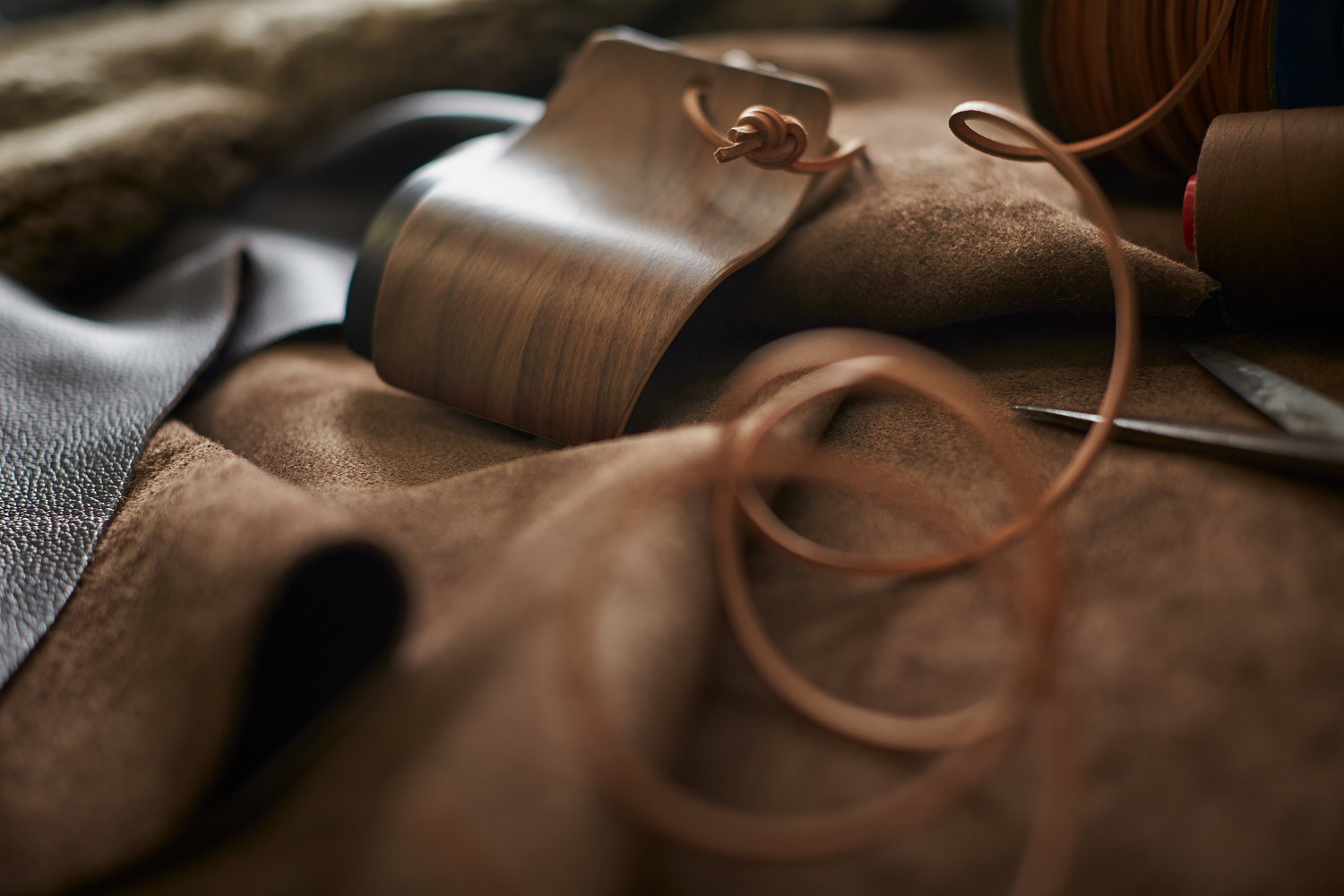
Take care of your furniture
Take care of your furniture, because just like everything in life, your armchair will change in apperance over time. So, we've put together a list of advice to consider to keep your ownership as carefree and uncomplicated as possible – so you can happily live together for many years to come.

Get to know your furniture
When you start using your brand new furniture – the upholstery will initially be quite tight. The first month or so, it is not uncommon to see some new creases where the upholstery has been stretched. This is normal and occur as the materials adapt and conform to your seating habits. After the first month, depending on usage, the materials have adapted to each other, and the stretching from there on will be to a lesser degree.
Fabrics and leathers
Learn more about the different types of fabrics and leathers in our range.
Textile.
Protect your funiture from direct sunlight, and do not place it next to a heat source. Vaccum it regularly. For fabric care, please refer to your funriture store for products. Always treat stains immediately when they occur, and follow the instructions that are valid for your fabric. Place absorbent, non-coloured paper or fabric underneath the stain on the fabric. Avoid rubbing directly on the fabric since this can cause color loss and burls. Möblerna ska alltid hållas i normal inomhustemperatur.

Leather.
Leather is a living, natural material that, with proper care, becomes even more beautiful over time. Different types of leather have varying care instructions. Check which type of leather you've purchased and contact your nearest furniture store for advice on suitable leather care products, if needed. If you decide to use any of these products, the leather's color may change slightly, but this will fade over time. Protect your furniture from direct sunlight and avoid placing it too close to a heat source.

Sheepskin.
Our sheepskin comes fro Australia. We only use sheep of the breed Crossbred which quarantees a high quality. The skin is prepared and coloured following strict demands on envionmental effects and cattle management. It´safe for people allergic to fur animals to use the product. Our colour samples shold always be seen as indications. Variations in tone as well as wool structure occur naturally in the product. Protect your chair from direct sunlight, and do not place close to a heat source. Vacuum it regularly. Clean the wool with wool shampoo if needed. Down below is a video on how to take care of your sheepskin armchair.

